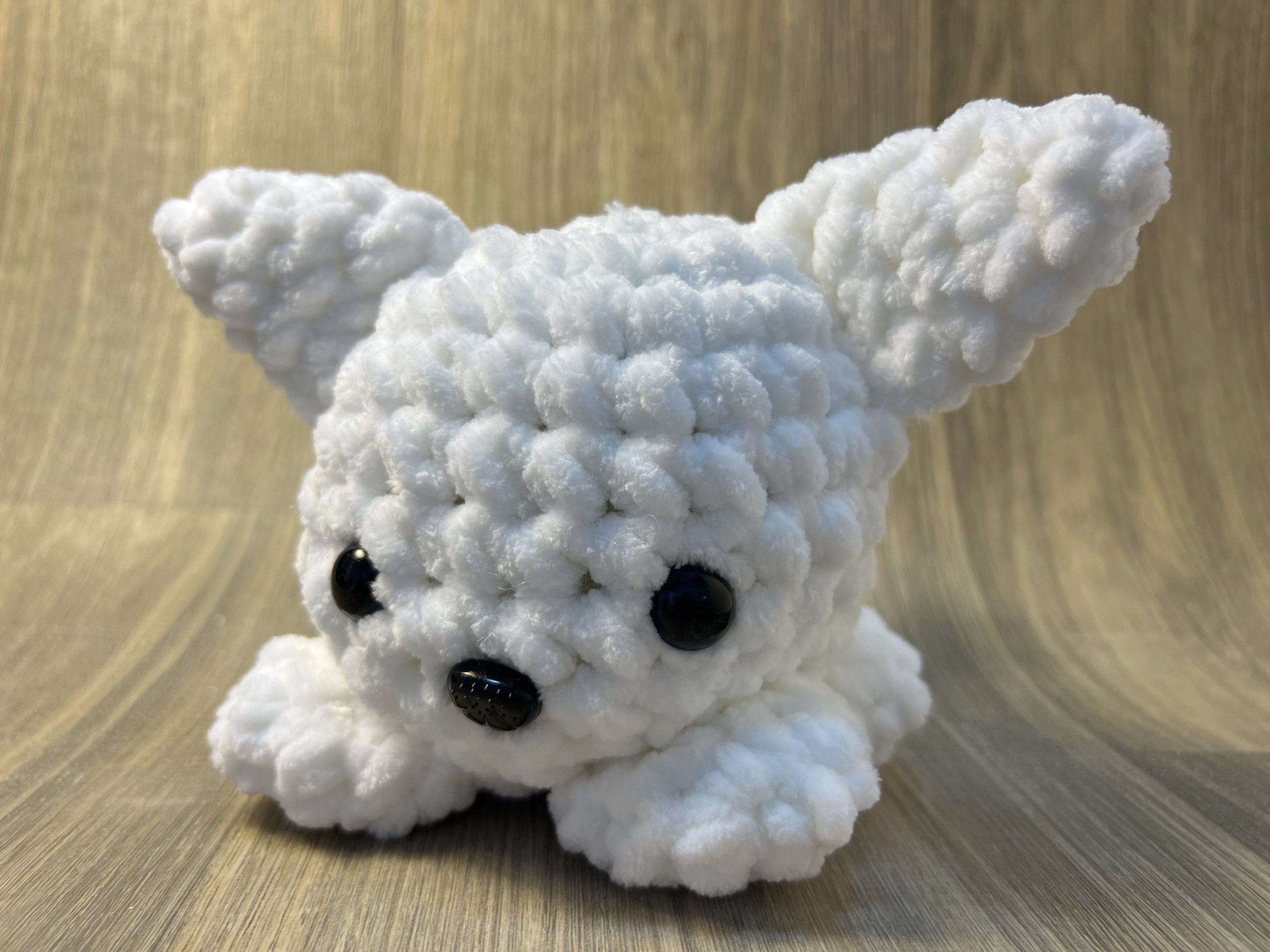
“Ever tried. Ever failed. No matter. Try again. Fail again. Fail better.”
-Samuel Beckett
This is me!
Hi, I’m Shaina! This website is a landing pad for all of the things I make and think. I’m pretty sure I’m supposed to have a picture of myself on here, so when you read my writing on here, you can picture who is saying it. Enjoy!
The Many Facets of Shaina
-

YouTuber
When I was about ten years old, I received a Digital Blue camera for the holidays, and thus began my journey into film-making. For years I wanted to be the next big director, but decided to become a Computer Scientist instead.
Do I wish I had studied film theory in school? Yeah, a little bit. But I’m actually really happy making my mini documentaries about my various projects, which is a pretentious way of saying I make vlogs (video-logs).
All the facets I’ve mentioned here are explored on my various YouTube channels, and you can check them out here!
-

Author
I’ve been writing original books since I was thirteen, when I wrote a self-insert story featuring thinly veiled disguises for my friends.
In college I wrote a full-length fantasy trilogy that is currently on hiatus (because my mom gets sad if I say it’s abandoned).
Now I’ve self-published four short story collections that take place in a technologically advanced world with magic woven in and am working on a full length novel.
-

Crafter
For the last three years I’ve been indulging the crafty side of me that I thought abandoned when I discovered technology. Not that technology can’t be crafty, 3D printing is a perfect amalgamation of the two.
From crocheting a Mario Cardigan (a Mario Kart-igan, get it?) to making tea scented candles to sewing life size Pokemon, crafting has become an integral part of my life.
-

Reader
It’s said that an author must be a reader, and if middle school me is anything to go by, I must agree.
Whether I’m reviewing my old favorites, picking up new releases, challenging myself to read everything in my library, or analyzing the depths of Animorphs, reading remains a huge part of my life.
-

Cook
I don’t call myself a chef, as the only training I have is helping my grandma in the kitchen and watching Good Eats until it pickled my brain.
Even so, I make videos about any idea that pops into my head. Whether it’s legitimate recipes—like a vegetarian take on my matzoh ball soup, or recreating Instagram’s cinnamon focaccia—or some more wild creations—like popcorn flavored marshmallows (it makes sense in context!)—or even huge themed eats for my friends—like a Lord of the Rings feast!—there’s something to love, or at least be entertained by, for everyone!



